Airlines love surprises—especially the expensive kind. One minute your bag fits perfectly, the next you’re facing a $35 gate-check fee faster than a delayed flight announcement. Those “standard” carry-on rules? They’re about as consistent as airport WiFi.
Anyone who’s traveled lately knows the drill: what passes security might get flagged at the gate, and personal item limits are stricter than a boarding school dress code. Here are 12 hacks to keep your luggage (and wallet) intact.
12. Know the Real Size Limits
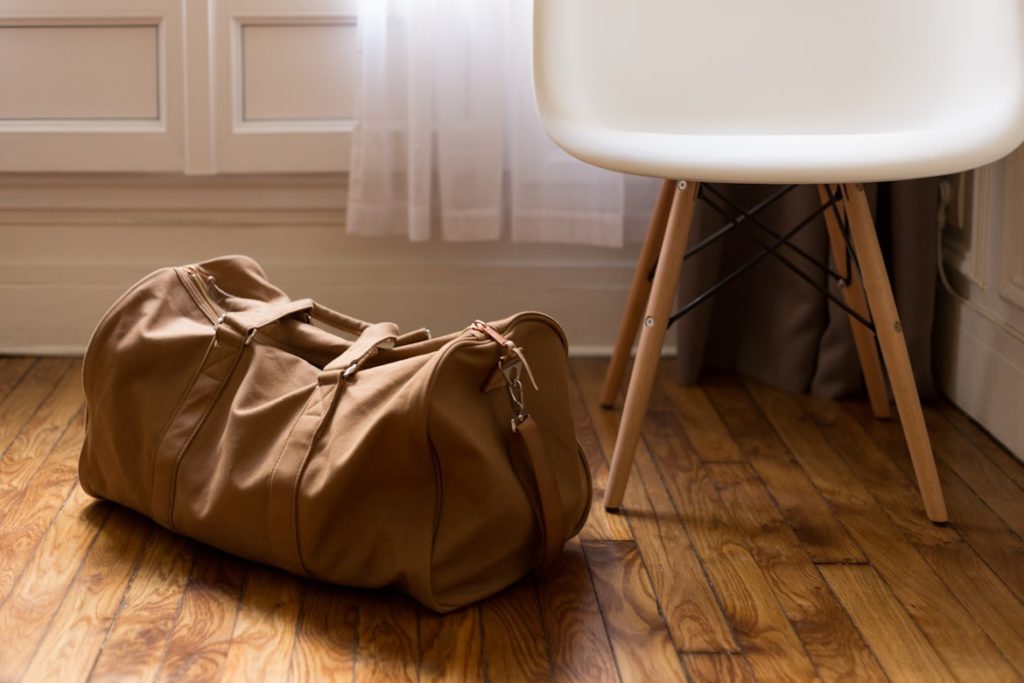
Most travelers guess wrong on carry-on dimensions.
Major U.S. airlines allow carry-on bags up to 22 x 14 x 9 inches—including wheels and handles. Personal items max out around 17 x 10 x 9 inches, which means that standard backpack you’re eyeing might technically be too large, even if it squeezes under the seat.
11. Measure with Wheels and Handles
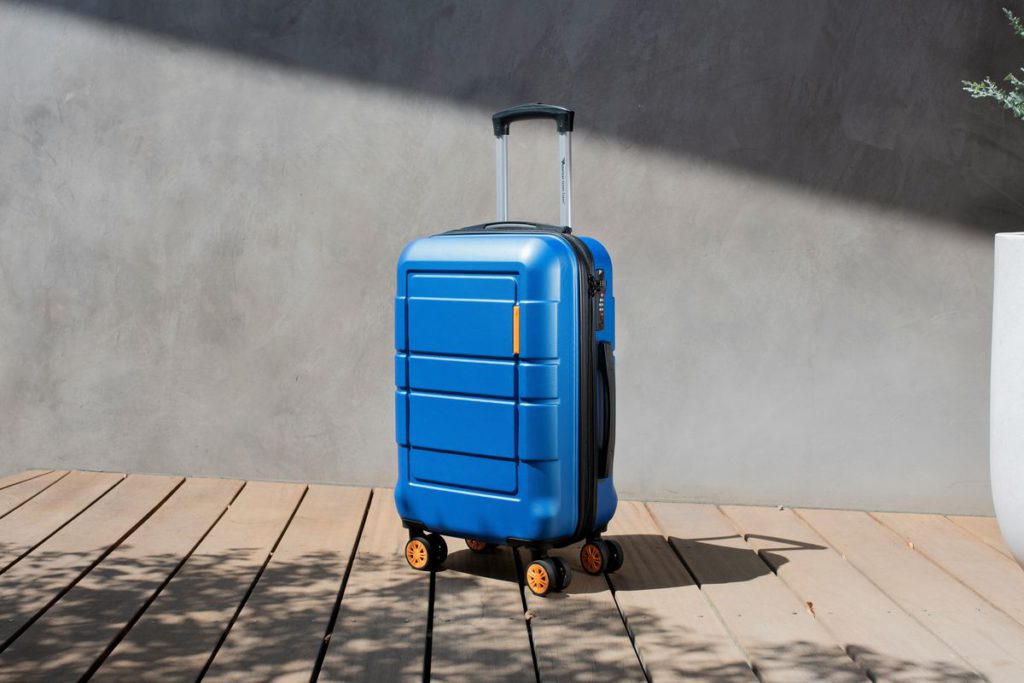
Those protruding parts count toward your total dimensions.
Airlines measure everything that sticks out. Your bag might be regulation size, but add telescoping handles and spinner wheels, and suddenly you’re over the limit. Measure the whole package, not just the main compartment.
10. Avoid Hard-Shell Luggage

Rigid cases fail size checks more often than a dropped call.
Soft-sided bags bend and compress to fit airline sizers, while hard cases are unforgiving. Flight attendants have zero sympathy for a beautiful hardshell that’s half an inch too wide. Flexibility wins every time.
9. Watch Out for Expandable Zippers
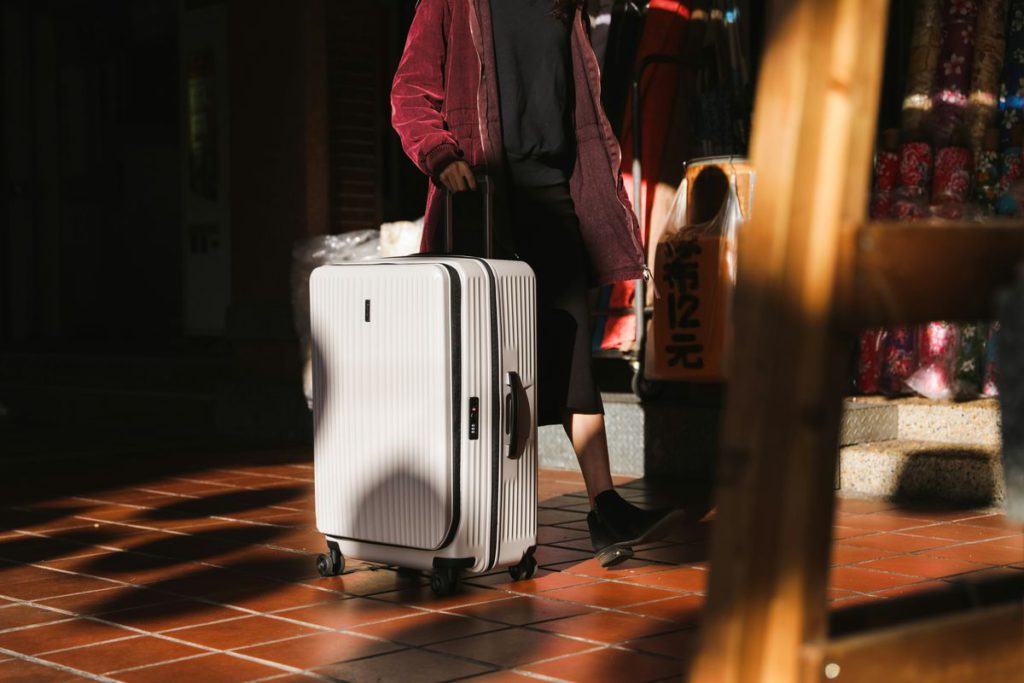
Extended zippers are baggage fee magnets.
That expandable feature seems helpful until gate agents spot your bulging bag from across the terminal. Even partially unzipped expansion sections can trigger oversize charges. Keep those zippers fully closed and packed tight.
8. Board Later, Not Earlier
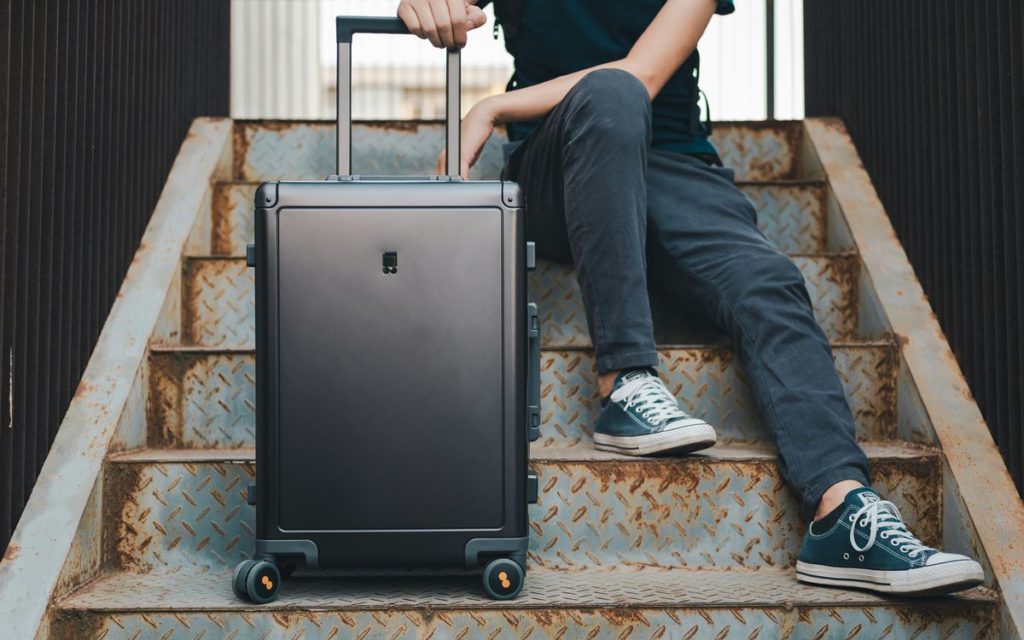
Gate agents scrutinize early boarding groups more closely.
Counter-intuitive but true: joining later boarding groups can reduce bag inspection chances. Early boarders get the full once-over, while later passengers often slip through as agents rush to load the plane.
7. Use Different Sizers at Different Checkpoints

Gate sizers are often smaller than check-in bins.
Your bag might pass the initial measurement at ticketing but fail at the gate. Airlines use different sizing devices, and gate sizers tend to be more restrictive. What fits at check-in isn’t guaranteed to work later.
6. Understand TSA vs. Airline Rules
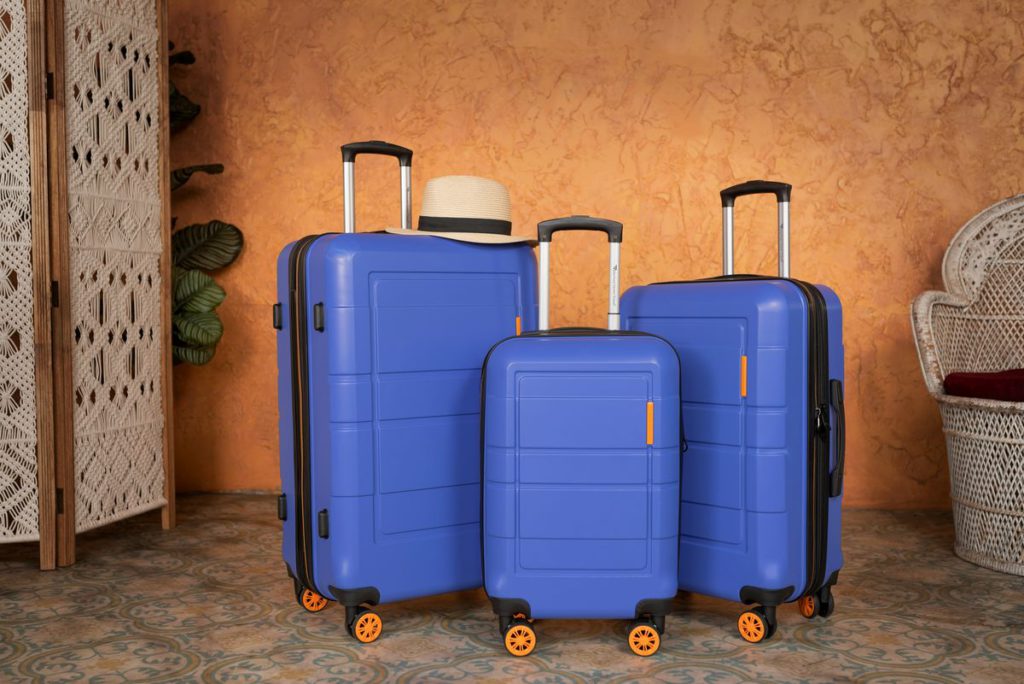
Security clearance doesn’t equal size compliance.
TSA focuses on prohibited items, not dimensions. Security clearance gives zero guarantee your bag meets airline size rules. Gate agents operate under completely different standards than security personnel.
5. Decode Bag Tag Colors
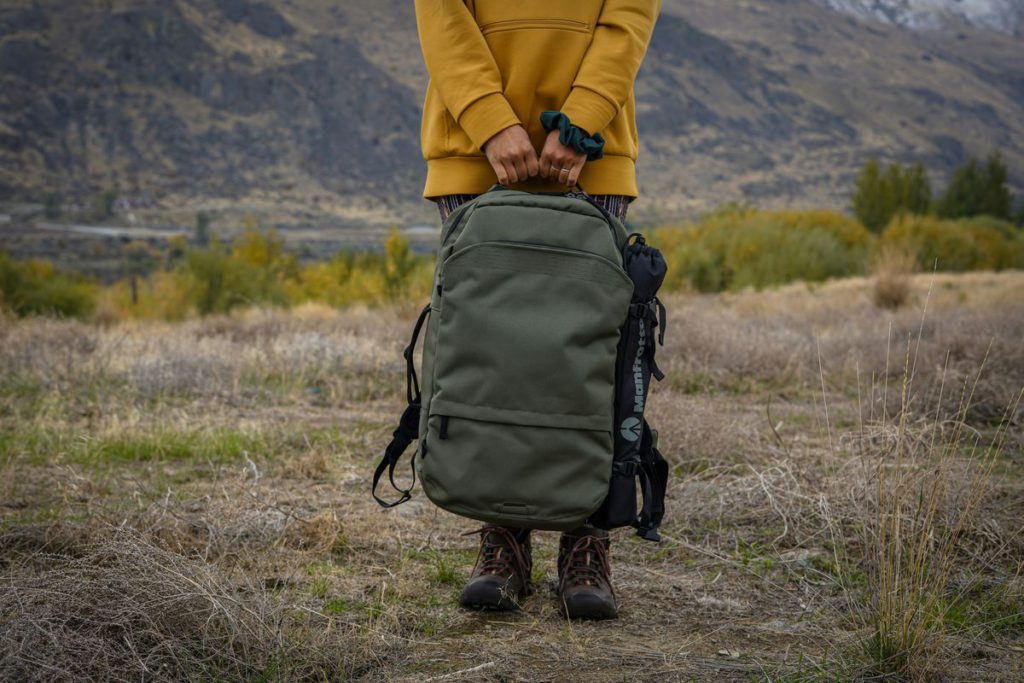
Those colored tags reveal your bag’s fate.
Airlines use colored tags (red, orange, yellow, green) to signal handling instructions. Learning these codes helps you spot potential gate-check situations before they happen. Red usually means trouble.
4. Check Every Airline’s Policy
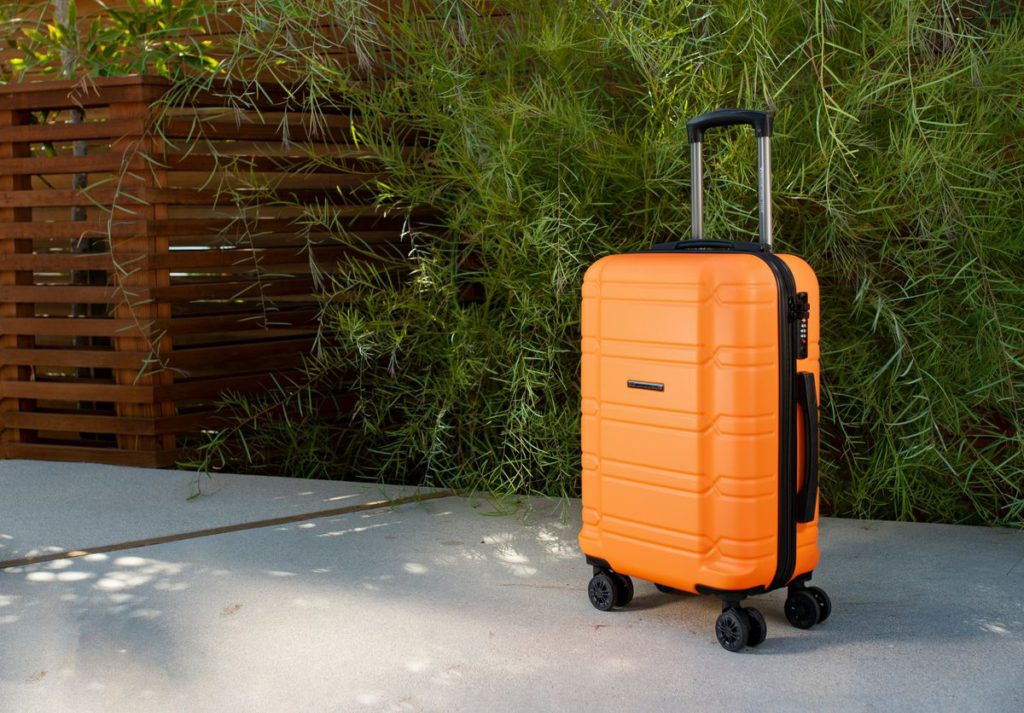
International connections complicate everything.
Each airline segment has distinct baggage rules. Your specialty food items or chef’s tools might pass the first leg but get rejected on connecting flights. Research every carrier in your itinerary, not just the first one.
3. Avoid Bulkhead Seats with Valuables
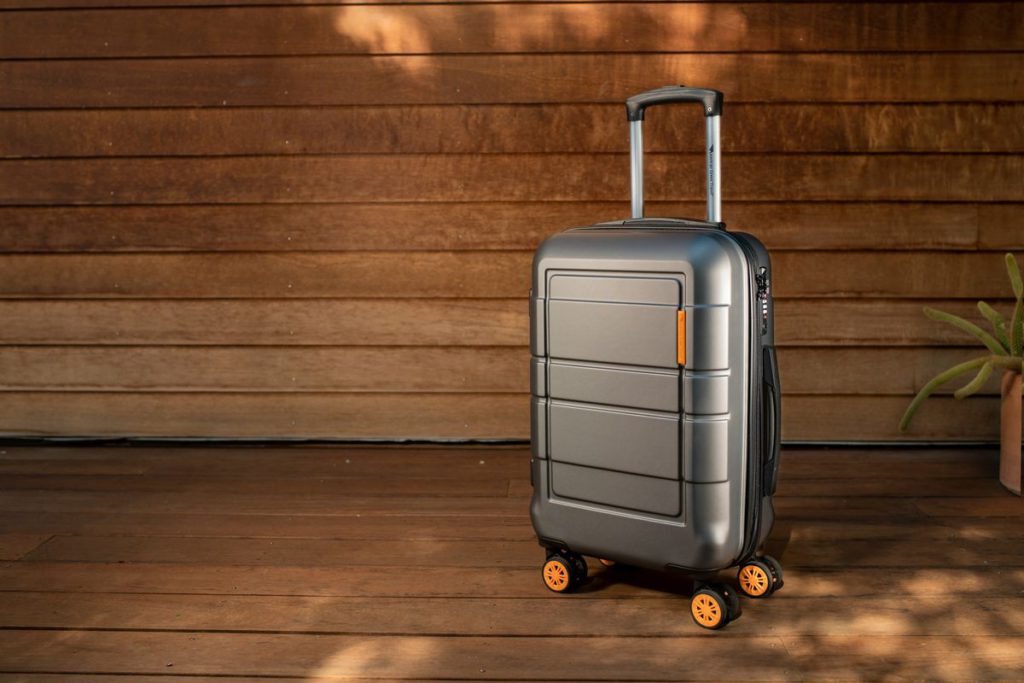
Extra legroom means zero under-seat storage.
Bulkhead seats offer more space but no floor storage. If overhead bins fill up, your carry-on with expensive items goes into cargo hold—sometimes not for free if you refuse voluntary gate-checking.
2. Pack Essentials in Personal Items

Your most important items should stay accessible.
Rare ingredients, valuable electronics, or irreplaceable items belong in your personal item bag. It’s less likely to get gate-checked and stays with you regardless of overhead bin space issues.
1. Decline Voluntary Gate-Checks Carefully
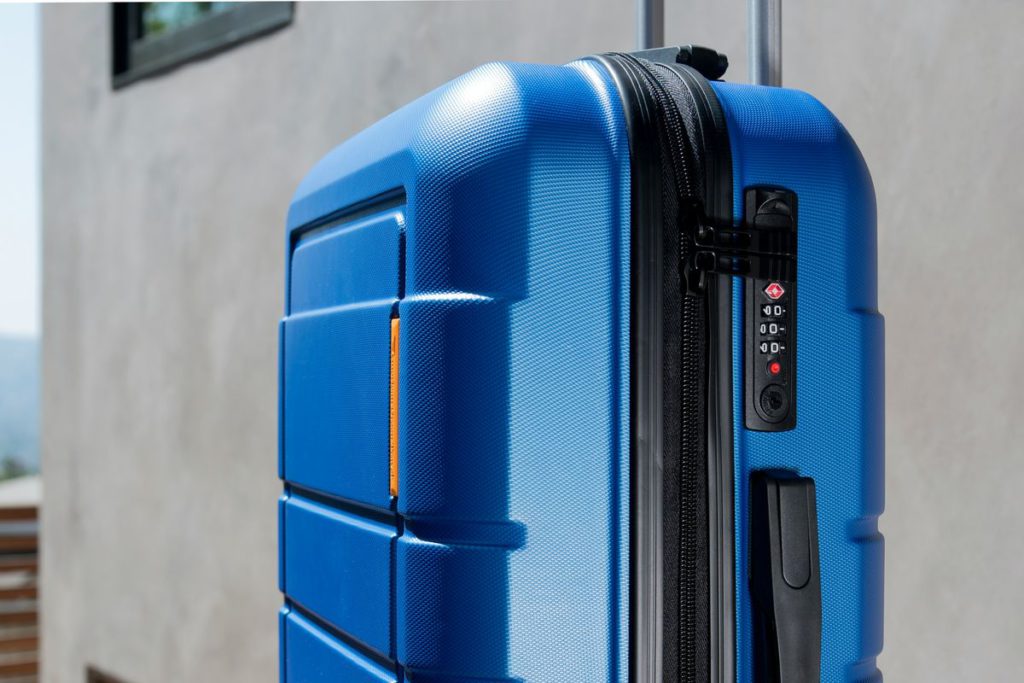
“Voluntary” doesn’t guarantee free checking later.
Airlines offer “free” voluntary gate-checks to clear space, but declining doesn’t protect you from forced checking without compensation. Once overhead space runs out, you might pay full baggage fees anyway.





























